Irish-Indian StreetsA Story by Abishai100A diorama of what composes the 'life-drama' of street spirit in Bombay/Belfast and its symbolic value regarding distances.
An homage to life on Earth, inspired by Mean Streets.
----
==== I collected an Indian and Irish Barbie doll, because I'm comparing the two nations' struggle against British colonial rule, a struggle for Hindu-Catholic sovereignty under Protestant forces in human civilization on Earth. This is a diorama of Indian-Irish 'street' imagination, and it starts with these two culture-amended Barbie dolls/figurines. Follow along. 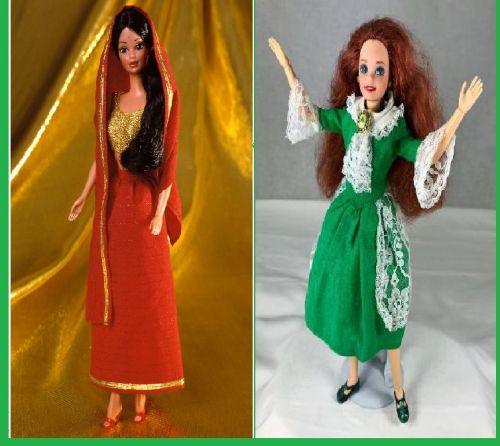 The seminal book India and Ireland looks at the parallels in ideological institutionalism between the Quit India movement's history against British rule in the 20th Century and Ireland's own long struggle against British-Protestant rule in the United Kingdom (UK). 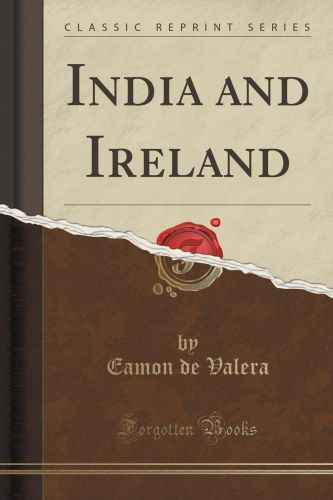 I'm a cartoonist named Amlan Satan, working for the Casablanca Telegraph, and I create mosaics of the 'visceral' imagination of street-life wrought from this special Irish-Indian crossover in anticolonial life and experience in the troubled cities of these two cultures (e.g., Bombay and Belfast). I use the cartoonist-pseudonym Storm-Shadow, since I'm neither Irish nor Indian!  My cartoon-studio is located in Holland, and I use princely-inherited fortunes to finance my cyber-comics presentations blended with ideas about modern democratic religious pluralism, impacting our sense of socialized commercial governance in this 20th-anniversary commemoration year of 9/11. 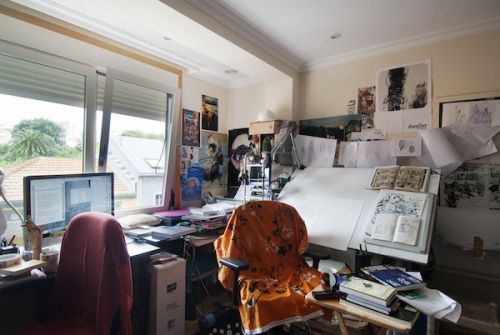 The sketches and doodles I present reflect a 'guerrilla' imagination about the social defiance of the normative presence of imperialism arrayed to require a certain kind of 'vigilantism' against the forces of subjugation! 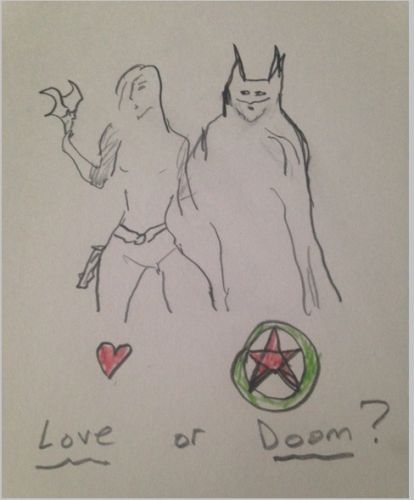 India and Ireland even share flag-designs and may arguably offer a very similar 'experience' in anticolonialism thinking and the struggles of defiance/protest/violence/sectarianism. 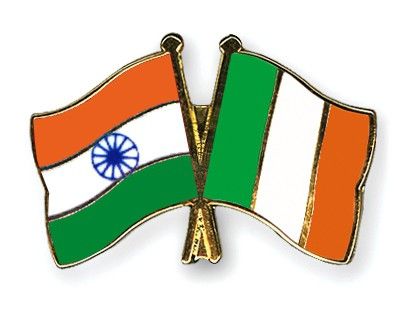 British-Protestant history is rich and storied and the United Kingdom is a monument to governance defined, but its machinery represents a cogent interest in creating forms of colonialism that citizens/constituents may find dissatisfying, as they did so in India, Ireland, and America. 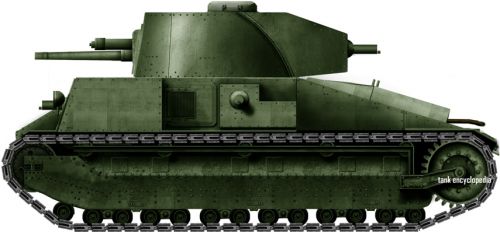 A color-sketch of Bombay (India) reflects the developing traffic culture of enduring vitality and commerce following independence from the overwhelming British Empire. 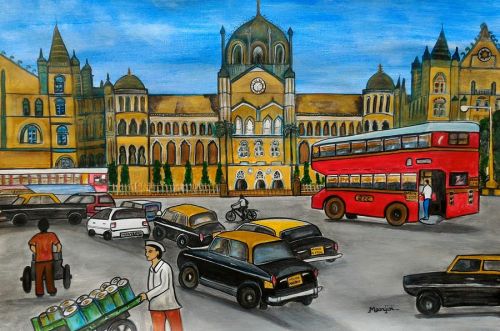 A color sketch of the city of Belfast (Northern Ireland) represents a socialized fascination of what comprises the 'view' of Irish-Catholic minority life in the United Kingdom through the lens of modernized traffic, commerce, and education. 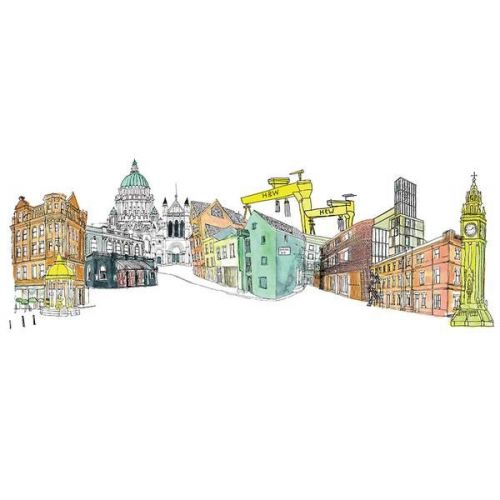 An Indian freedom-fighter may comment, "Against the British Empire stands the building-blocks of imaginative civil disobedience," while an Irish guerrilla-fighter may say in the press, "British-Protestant dominions in the United Kingdom (and Northern Ireland) may involve an arresting shock-treatment for the near-neglect of socioeconomic disparities between the otherwise two dominant denominations of the world Christian faith (Protestantism and Catholicism) and requires a certain building-block focus on the 'toys' of negotiation."  Now, sketches/renditions of stationed British officers/military/police in the British-ruled cities of Bombay/Belfast remind us why and how the subjects/constituents or 'citizens' of the Empire have to live through feelings of minority-voice as well as enduring the realism behind wrought survival amidst the complex 'experience' of resistance-based everyday (sometimes violent!) life. 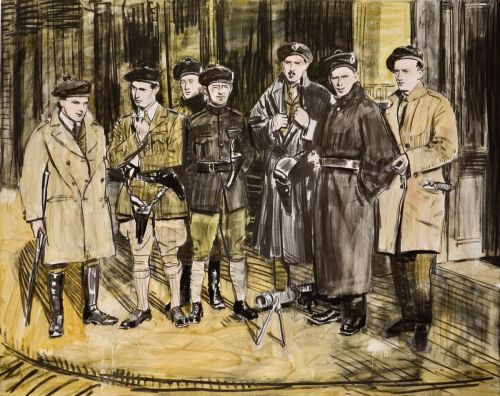 Life in Belfast (Northern Ireland), for example, where Irish-Catholic minorities are forced to seize control of city areas with armed violence as masked guerrillas ('IRA') remind the citizens/constituents of how 'special volunteers' may be recruited by force to create 'necessary forms' of survival-based urban resistance, plucking Catholics from the streets to persuade them of the troubles between Protestants and Catholics regarding poverty and proceeding with courses of endured street-panic. 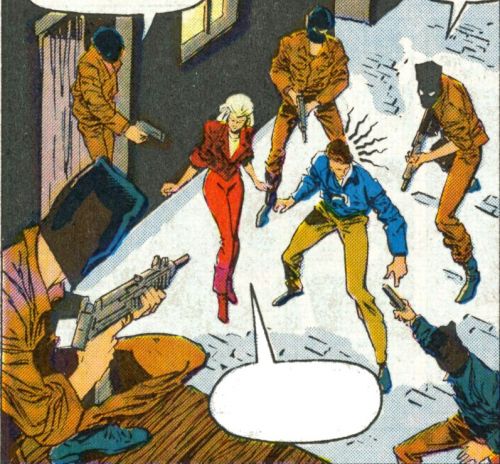 A rendition of a Belfast newlywed couple symbolizes the enduring human resilience/spirit in times/environments of unimaginable social divides...and terrorism/violence! 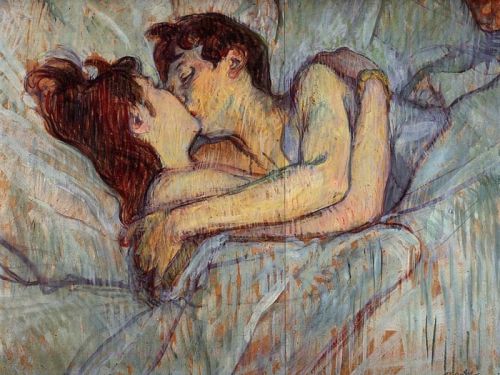 An image-sketch of the post-Empire poverty in the streets of Bombay may remind audiences of the impact of human traffic gone neglected or impoverished because of the realities behind population sustenance challenges. Humanity is a tragedy-tale perhaps, a Shakespearean nod (e.g., Romeo + Juliet). 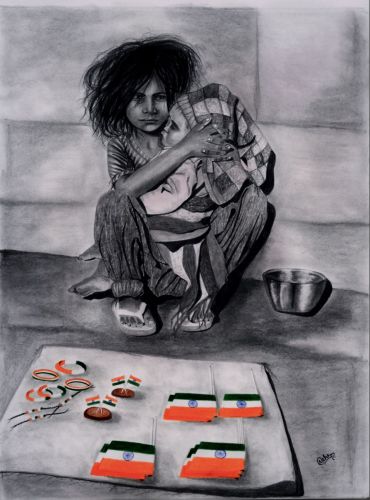 I rather like an image sketch of a gorgeous Irish-Catholic redheaded woman in Belfast, perhaps a troubled musician or poet who thinks of the endurance of sectarian violence and dominions creating minority-life dissatisfaction a reflection of the dour note of civilization in waves.  That's when I take a deep breath and step-back to turn on my TV in my Holland apartment and enjoy a festive Irish-Indian women's field-hockey game on cable-television, perhaps the Women's World Cup [2016] which saw both nations stand-out in international play...a symbol of progressing democratic liberty...and joy.  There's no civilization without failure; and hence, there's complete story-set without tragedy, and this diorama is of the 'diamonds' of Irish-Indian streets, of Catholic-Hindu integration, and of life on Earth! Thanks for following along. -Amlan Satan (Storm-Shadow) ==== "Money is everything" (Ecclesiastes) © 2021 Abishai100 |
StatsAuthorAbishai100NJAboutStudent/Minister; Hobbies: Comic Books, Culinary Arts, Music; Religion: Catholic; Education: Dartmouth College more..Writing
|

 Flag Writing
Flag Writing